Restorative Justice and the Racial Discipline Gap
It’s an open secret by now that Urbana schools have pretty severe racial disparities in discipline. Of course, this is by no means unique to Urbana: black students nationwide receive 32% of suspensions, despite only making up 16% of the student population. Many schools around the country have recently implemented restorative justice systems, which involve peaceful, non-punitive conflict resolution and problem solving, with the goal of addressing this racial disparity, among other issues.
Over the last few years, Urbana has gradually followed suit. Though Urbana’s system is far from comprehensive, and it remains to be seen whether it will succeed in lessening the disparity, it has received mixed responses from the community and the media. Critics have claimed that the disparity is due to factors other than race, and a restorative system will fail to address the root causes.
Studies on how race impacts school discipline are remarkably sparse, but there are several that rule out possible alternative causes. Socioeconomic status, though it correlates with disciplinary offenses, does not explain the entire racial gap. In addition, there is no conclusive evidence suggesting that the disparity can be explained by black students simply offending more.
There are several plausible explanations for the disparity. First, black students are punished more severely for the same offenses on average. White students are also cited primarily for severe, clearly-defined offenses, like fighting and vandalism, while African-Americans are disproportionately referred for more subjective offenses. A study conducted by Urbana High School’s social justice class found that dress code violations, which allow a significant degree of individual discretion, are disproportionately given to African-American students.
Regardless of the causes of the disparity in school punishments, restorative justice does help to shrink the gap, as well as reducing violence overall. Instead of listening to the media’s alarmist rhetoric concerning restorative justice, the administration and school board would be wise to promote innovative discipline policies in order to continue pursuing student safety and racial equity.

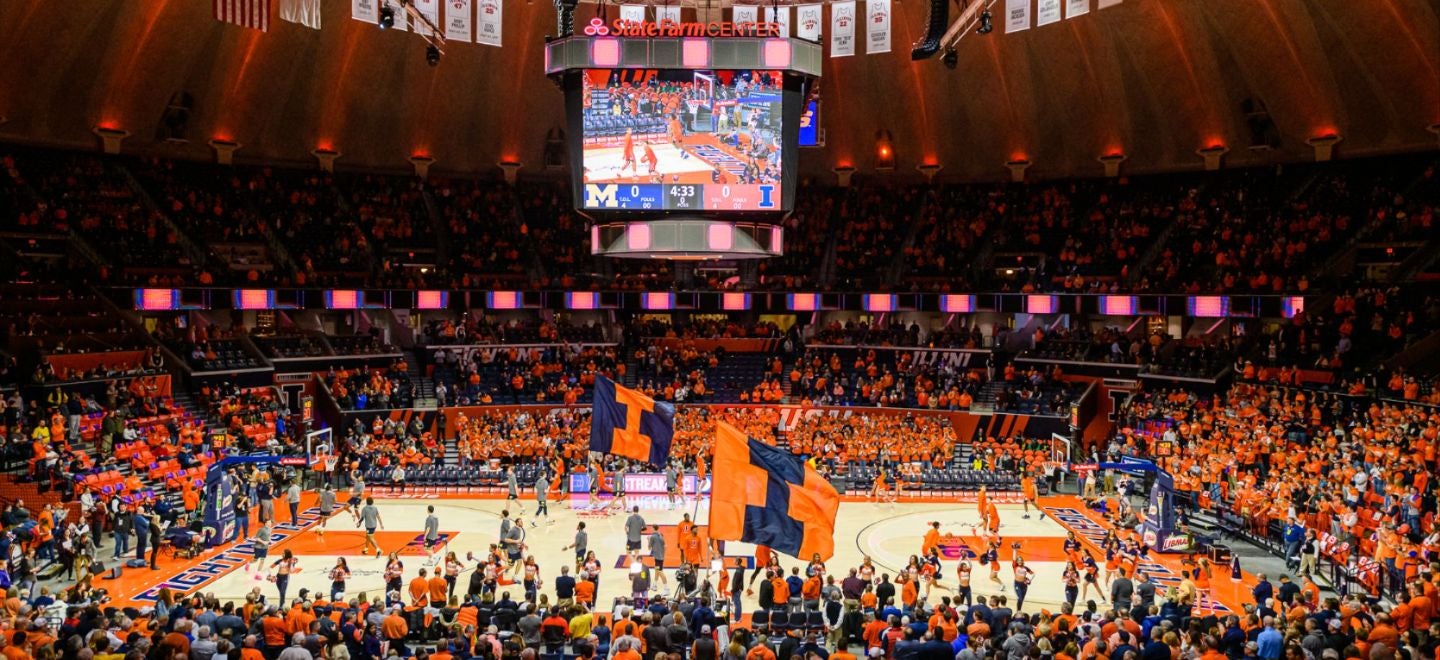

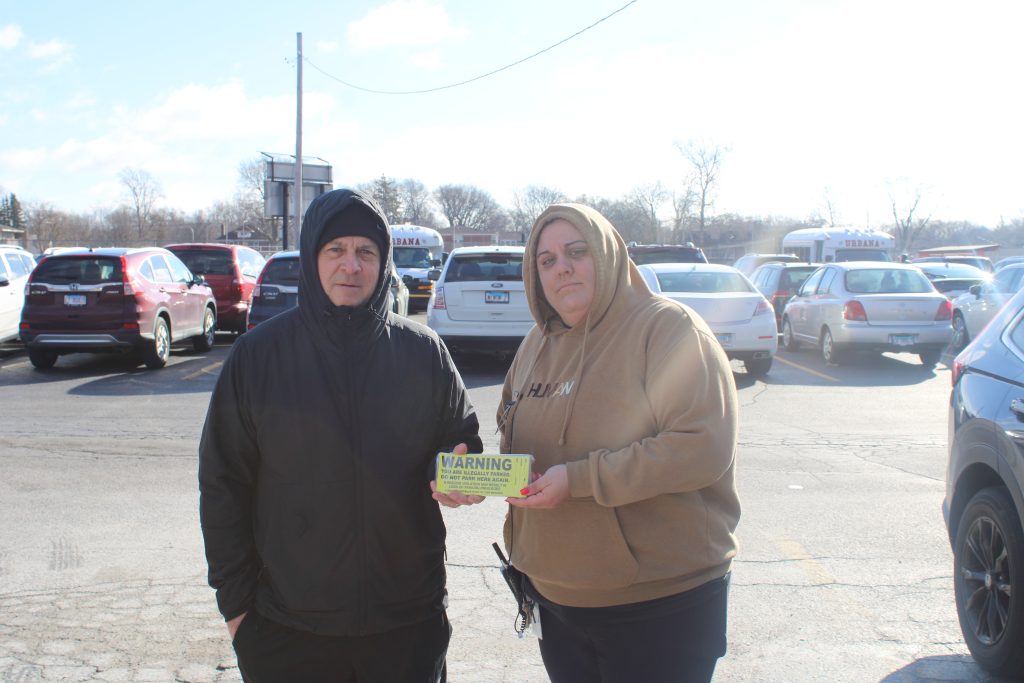
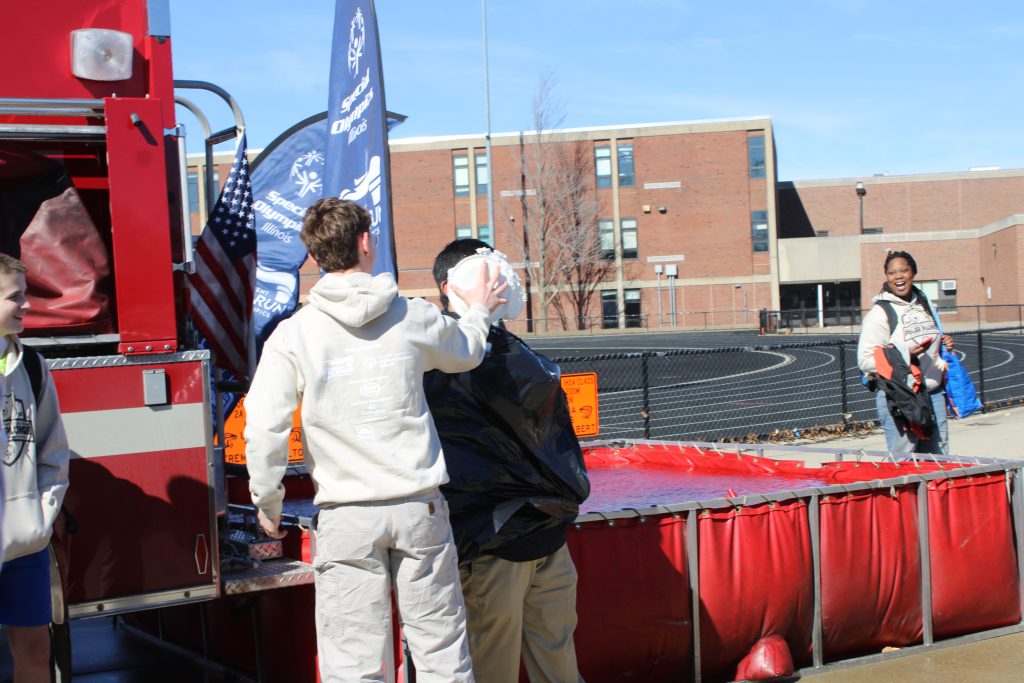

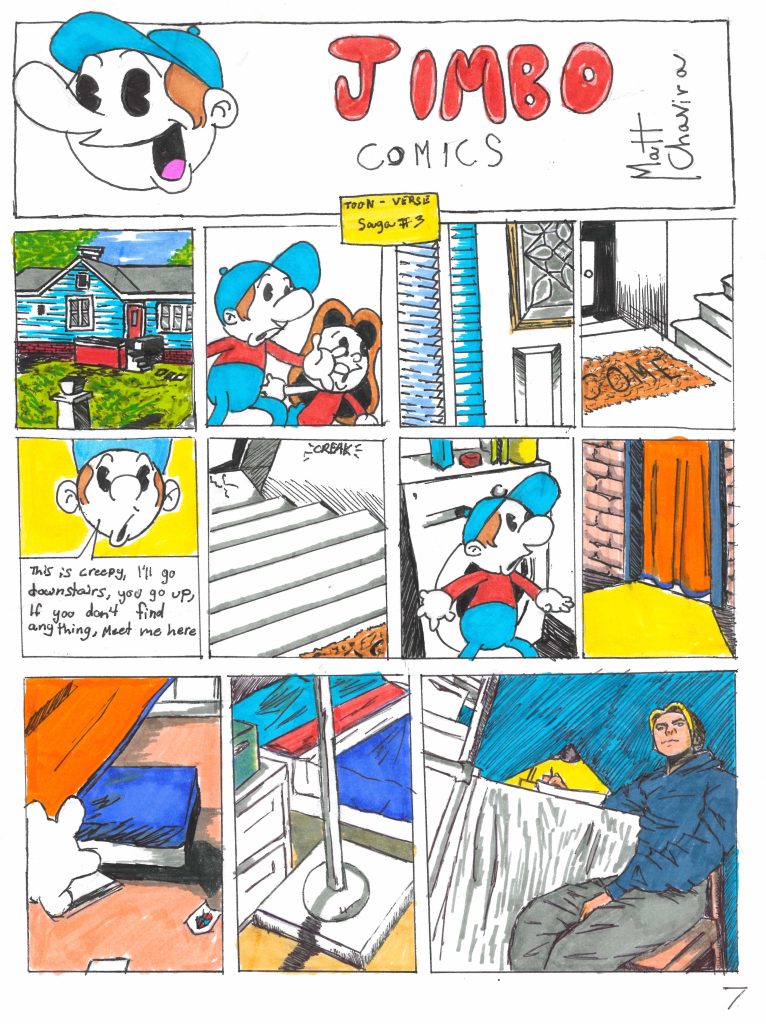
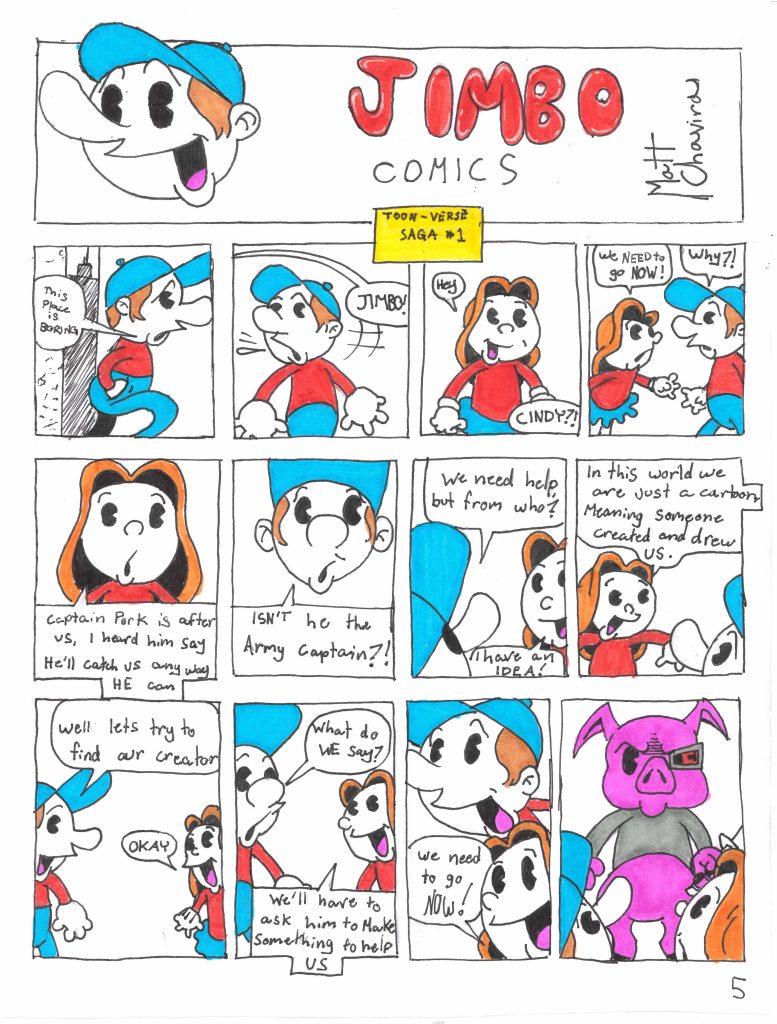

Terrific article. Since your editorial earlier this month, I’ve made a point of checking back on the Echo’s site.
Is there an article anywhere that talks about the implementation of the Restorative Justice Program at Urbana? You all are busy students, but I would be interested in the perceptions among students and staff about how the program began and where it is now.
Your efforts are inspiring.